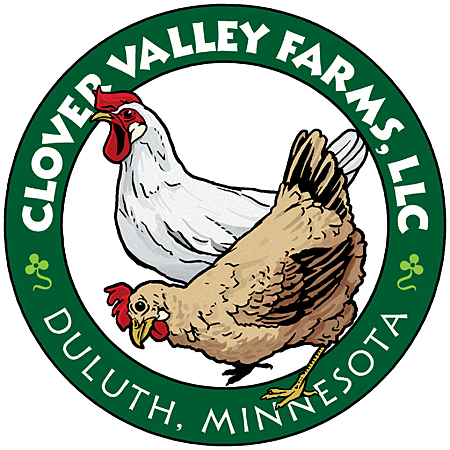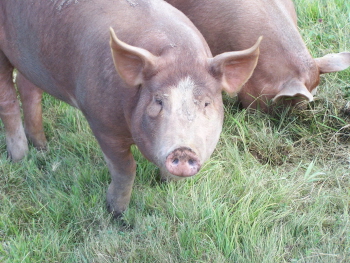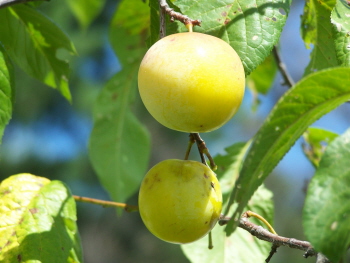Apples & Other Fruits
Propagation
Jeff and Cindy use a variety of cold-hardy rootstocks (Table 6). They are testing the strengths and weaknesses of each rootstock for their site and soils by matching different rootstocks to different fruit varieties. A strongly dwarfing rootstock such as “Bud9,” for example, keeps the tree small and allows for higher density plantings and earlier fruiting at 2-3 years. These dwarf trees need to be trellised because of a weak root system that is not self-supporting. Although dwarf trees may have fewer fruits per tree (about 2 bushels’ worth), the planting density and earlier yield can result in overall higher yield per acre.
Other rootstocks, such as “Antonovka,” are self-supporting, result in larger trees, and produce larger crops, but take longer to start producing - generally 5-7 years. Aside from cold-hardiness and disease resistance, Jeff and Cindy are considering which combinations work best for their objectives. Jeff and Cindy have found that high-density plantings on dwarfing stock are often preferred among growers who focus strictly on fruit production, but they feel large, self-supporting trees may be a better choice for grazing poultry through their orchard as an integrated pest management strategy (see below).
Apples |
Cherries & Plums |
Pears |
Antonovka |
Antonovic Cherry |
Fedco Pear |
 |
 |


